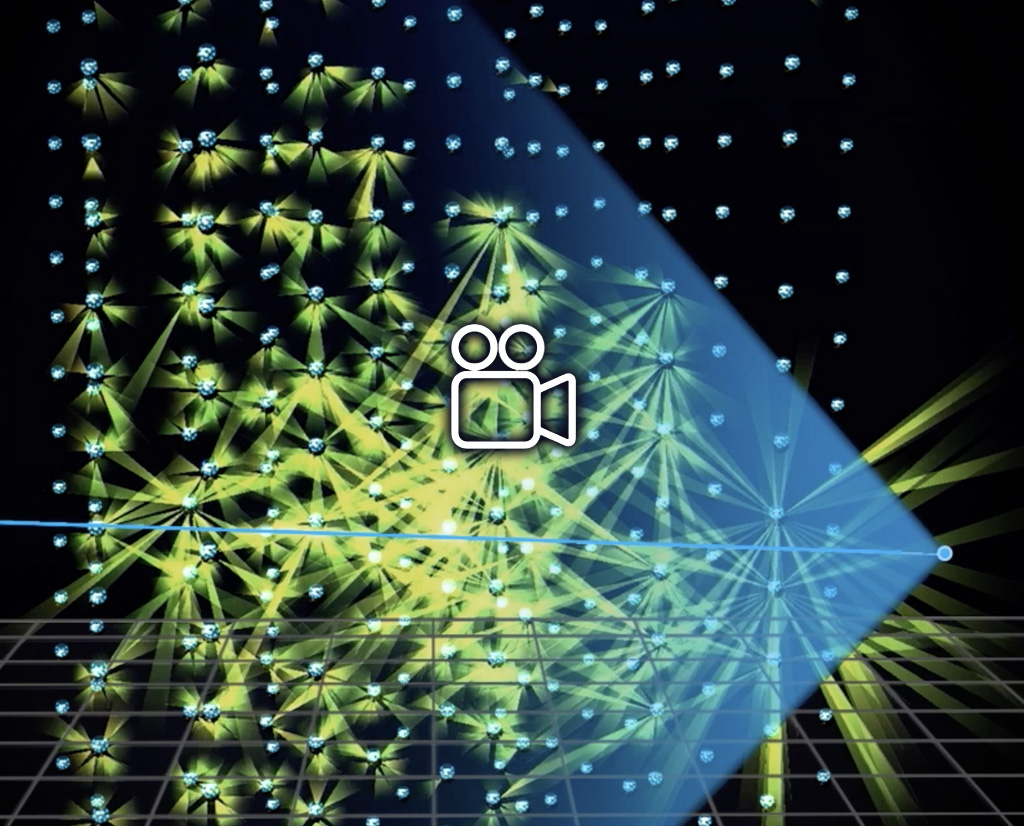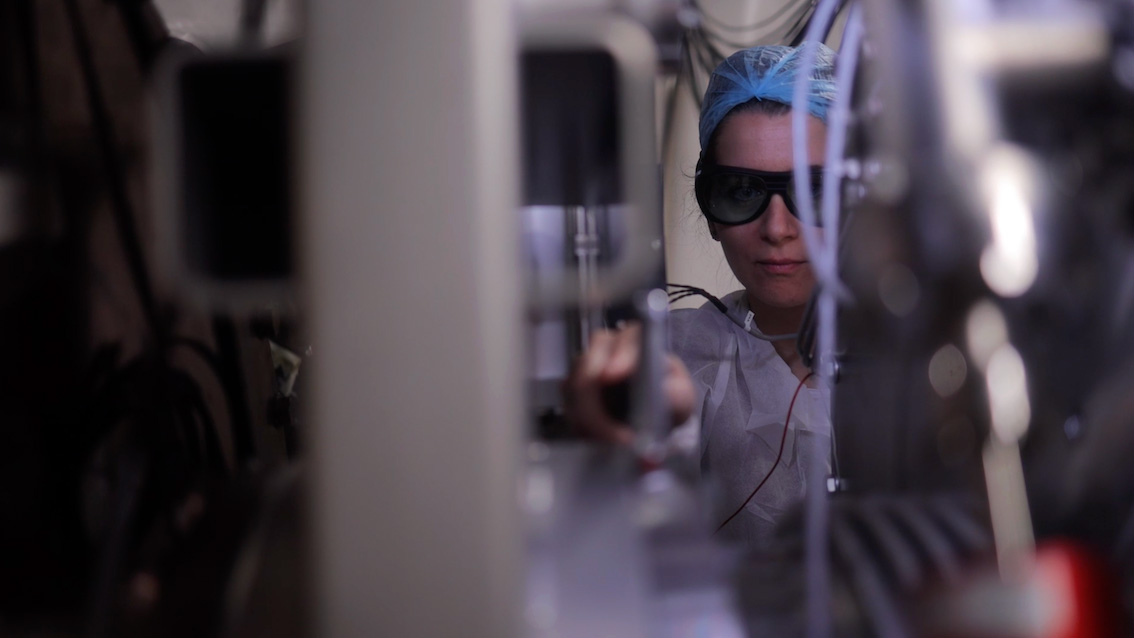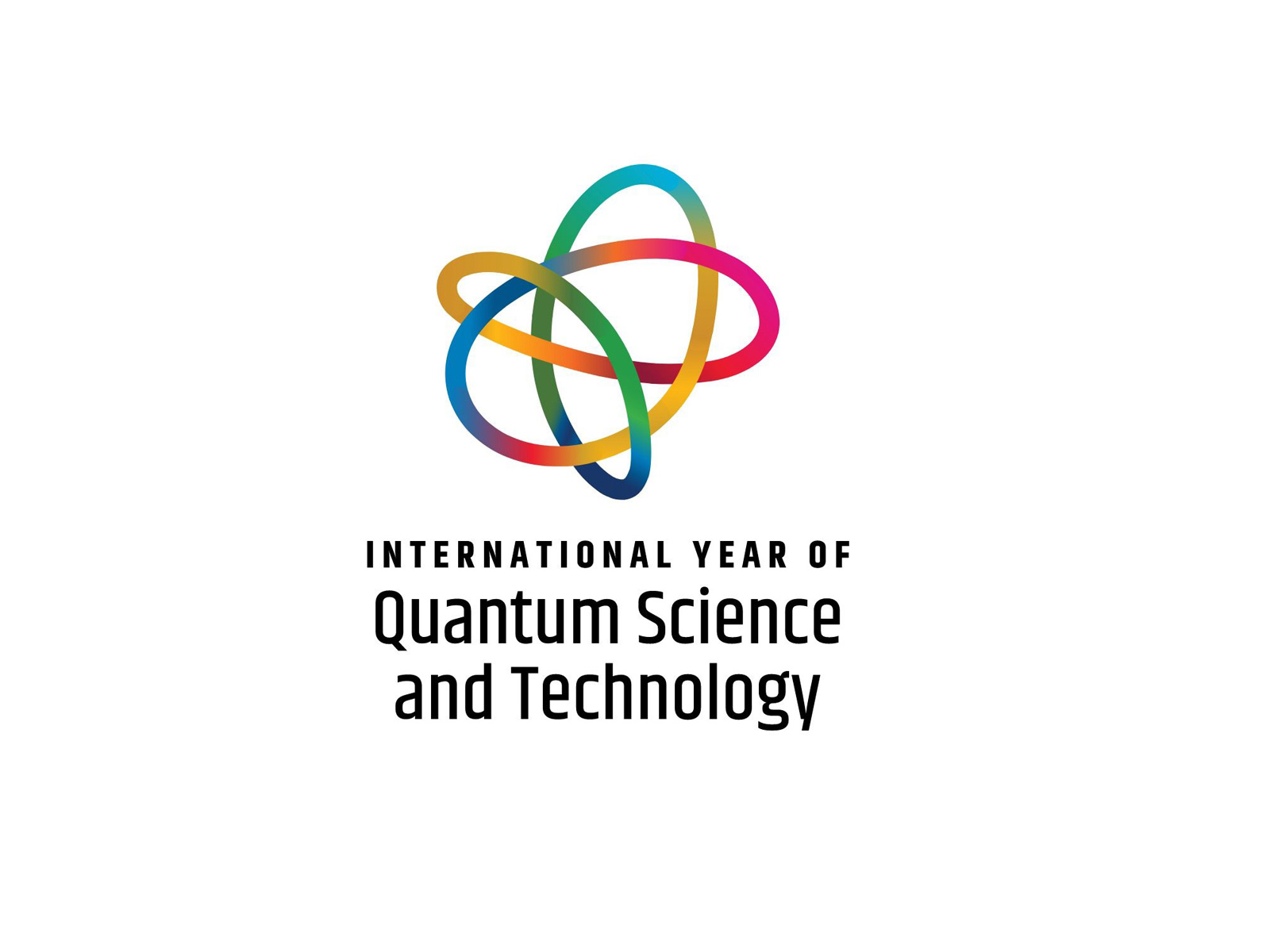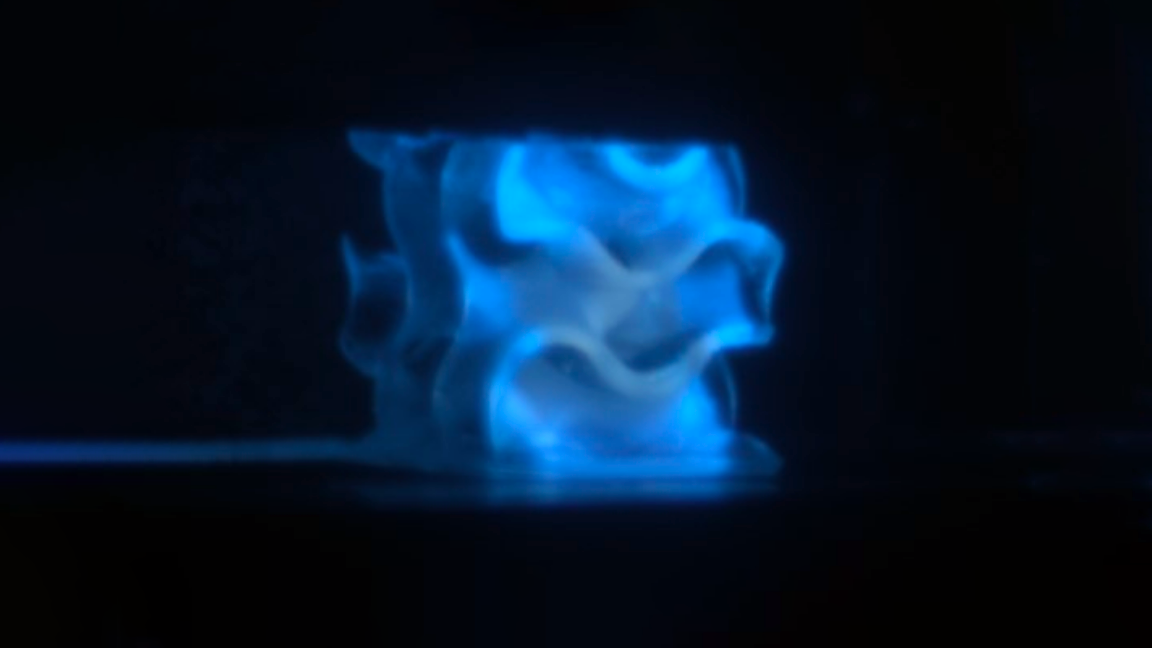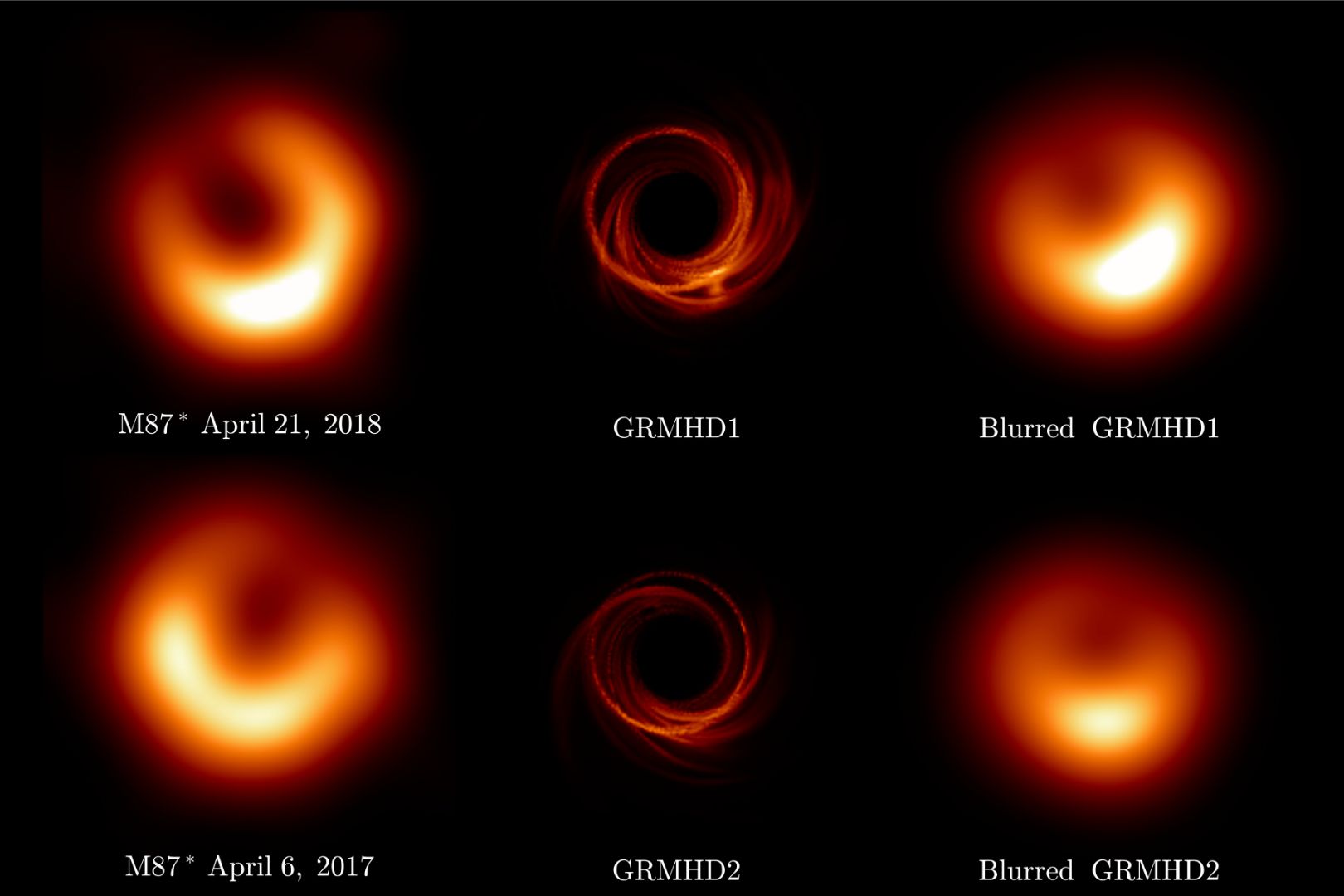
CERN in Geneva, UA9 international cooperation. Thanks to the use of innovative crystals, partly implemented in Italy by INFN and partly in Russia, at the Petersburg Nuclear Physics Institute (PNPI), the UA9 researchers have obtained a world record, “channelling” with a bent crystal a particle beam at 6.5 TeV, the energy at which protons are accelerated in the Large Hadron Collider (LHC). The aim of the research is to allow an increase in the number of particles accelerated in the LHC, developing an efficient beam “cleaning” technology, thanks to the collimation with crystals. The development of technologies useful in improving the performance of the LHC and, in particular, its luminosity (the density of colliding particles in the beams) is of great interest in the High Luminosity LHC (HiLumi) project, under development at CERN, with the goal of increasing the potential for discovery of experiments in operation at the accelerator.
The UA9 international cooperation includes, in addition to CERN and INFN, the LAL (Laboratoire de l’Accélérateur Linéaire) laboratory – Orsay Paris, the Imperial College London, the Russian laboratories PNPI, the IHEP (Institute for High Energy Physics) in Protvino and the JINR (Joint Institute for Nuclear Research) in Dubna. The implementation of the bent crystal in Italy is the result of a joint effort between the INFN and the Sensors and Semiconductors Laboratory of Ferrara University, dedicated to the development of advanced crystal processing techniques. The result was obtained in collaboration with the Large Hadron Collider (LHC) Collimation Group and the Engineering Sources, Targets and Interactions (EN-STI) Group at CERN

